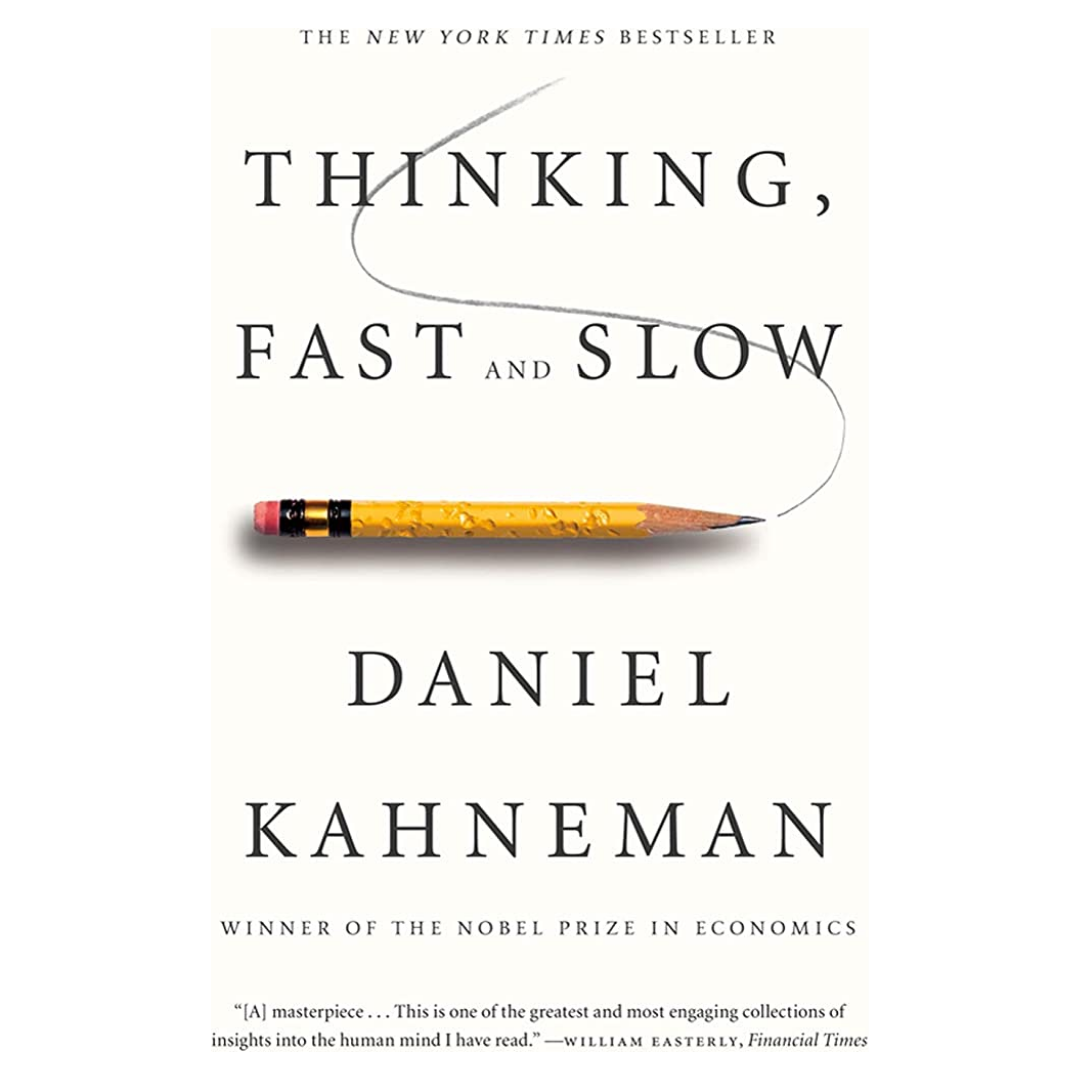
Thinking, Fast and Slow

"Thinking, Fast and Slow" by Daniel Kahneman is a groundbreaking book that explores the two systems of thinking that drive our judgments and decisions. Kahneman is a Nobel Prize-winning economist and psychologist, and his book offers insights into the way our minds work and how we make decisions.
Here are some of the most important points covered in "Thinking, Fast and Slow":
- The human brain operates with two different systems: System 1, which is fast, intuitive, and emotional, and System 2, which is slow, deliberative, and logical.
- System 1 thinking can be helpful for making quick decisions, but it can also lead to biases and errors. System 2 thinking, while slower, is often more accurate and reliable.
- Kahneman explores a variety of cognitive biases that affect our thinking, including the availability heuristic, the framing effect, and the anchoring effect.
- The book also covers topics like prospect theory, which explains how people make decisions based on potential losses and gains, and the halo effect, which can influence our perceptions of others based on a single trait or characteristic.
- Throughout the book, Kahneman offers practical advice for improving decision-making, such as taking time to reflect and using statistical reasoning to avoid biases.
Here are the details of the book:
- Author: Daniel Kahneman
- Publisher: Farrar, Straus and Giroux
- Pages: 499
- Publication date: 2011
- Genre: Psychology, Behavioral Economics, Nonfiction

Thinking, Fast and Slow
Sale price$28.00
Regular price (/)
